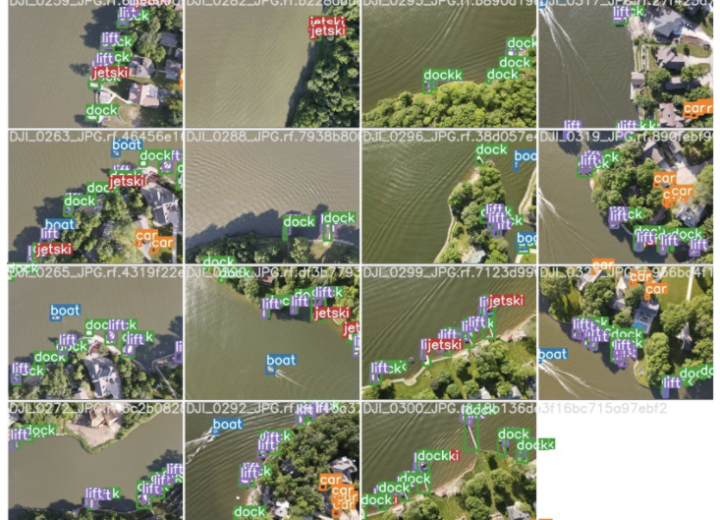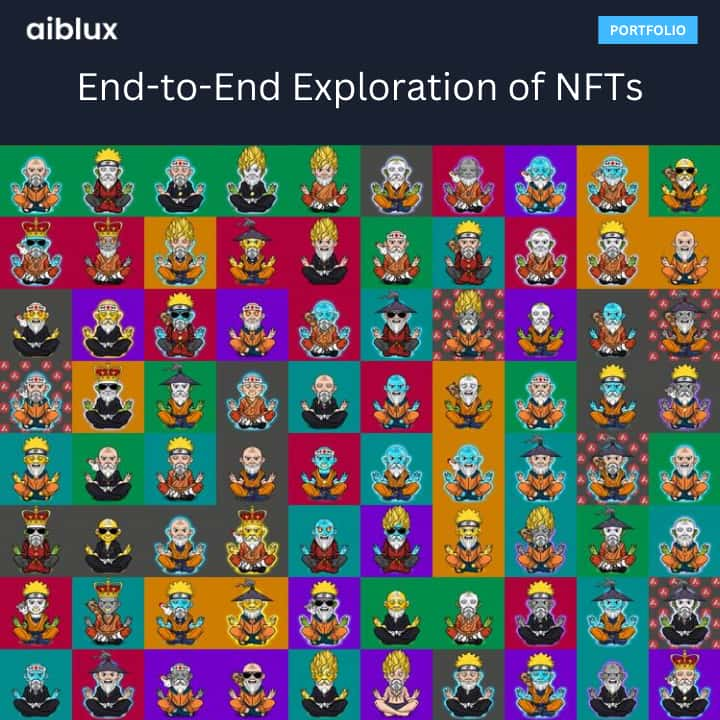Small Objects Detection Using SAHI Technique on Top of Object Detection Model

Overview
In this project, Slicing Aided Hyper Inference (SAHI) technique to enhance the detection of small objects using a pre-trained object detection model like YOLO (You Only Look Once) was used. Object detection models such as YOLO are highly effective for detecting objects in images; however, they often struggle with detecting small objects due to the limitations in resolution and scale. By integrating the SAHI technique, which slices the image into smaller sections and processes them individually, the model’s performance on small object detection is significantly improved. This project demonstrates how augmenting standard object detection techniques with advanced post-processing methods can yield better results in challenging scenarios.
Objectives
- Enhance Small Object Detection: Improve the detection accuracy of small objects in images, which are often missed or inaccurately identified by standard object detection models.
- Implement SAHI with YOLO: Seamlessly integrate the SAHI technique with a YOLO-based object detection model to process images and detect small objects more effectively.
- Evaluate Performance: Assess the performance improvement in small object detection using various metrics such as precision, recall, and mean average precision (mAP).
Technical Architecture
Input Image Processing:
- The input images are first pre-processed to ensure compatibility with the YOLO model. This includes resizing, normalization, and other standard image preprocessing techniques.
Image Slicing Using SAHI:
- The SAHI technique slices the input image into smaller, overlapping patches. Each patch is treated as a separate image and fed into the object detection model.
- This step is critical for enhancing the model’s ability to detect small objects, as smaller image slices allow the model to focus on finer details that might be lost in a full-sized image.
Object Detection Using YOLO:
- Each sliced image patch is passed through the YOLO object detection model, which identifies objects within the slice.
- YOLO’s real-time detection capability is leveraged here to process multiple slices efficiently.
Post-Processing and Merging:
- The detections from all the image slices are merged to form a comprehensive set of detections for the entire image.
- Overlapping regions and duplicate detections are handled during this step to ensure accuracy and avoid false positives.
Final Output:
- The final output is an image with bounding boxes and labels accurately identifying small objects that might have been missed without using SAHI.
- The results are evaluated using standard object detection metrics.
Tech Stack
- Programming Languages: Python
- Frameworks and Libraries:
- YOLO (You Only Look Once): For object detection.
- SAHI (Slicing Aided Hyper Inference): To improve detection of small objects by slicing images.
- OpenCV: For image processing tasks such as slicing, resizing, and visualization.
- PyTorch or TensorFlow: Backend for implementing the YOLO model.
- NumPy/Pandas: For data manipulation and analysis during the post-processing stage.
- Tools:
- Jupyter Notebooks: For experimentation and iterative development.
- Docker: To containerize the application, ensuring consistent environments for deployment and testing.
- Git: For version control and collaboration.
Conclusion
The implementation of the SAHI technique on top of the YOLO object detection model demonstrated a marked improvement in detecting small objects within images. By leveraging image slicing, the project effectively addressed the challenges associated with small object detection, which are often missed by standard models. This approach highlights the importance of combining advanced techniques like SAHI with existing models to tackle specific challenges in computer vision.
The project not only improved the accuracy of small object detection but also showcased how modular and scalable techniques can be integrated into existing pipelines. This work lays the groundwork for further research and development in specialized object detection tasks, and it can be extended to other object detection models and applications where small object detection is crucial, such as medical imaging, satellite imagery, and security surveillance.
For more information on how aiblux can help you with custom software solutions, contact us or explore our services.


